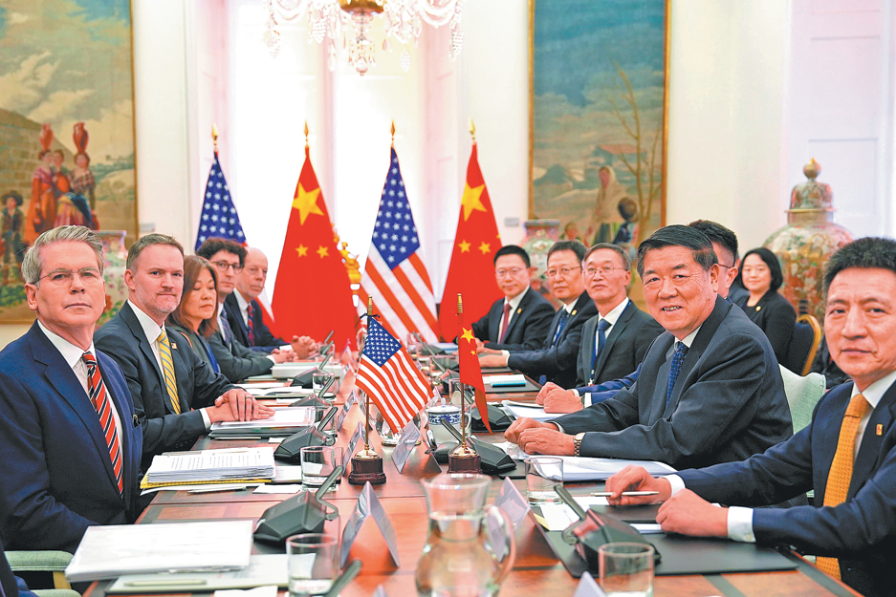Hong Kong still the place to make a mint
By ZHOU MO and AO YULU in Hong Kong | CHINA DAILY | Updated: 2022-07-01 09:16
Enhanced connectivity
Deepening financial links with the mainland is seen as one of the major drivers behind the growth of Hong Kong's financial sector in recent years. From the launch of the Shanghai-Hong Kong Stock Connect in 2014, the Mutual Recognition of Funds in 2015, the Shenzhen-Hong Kong Stock Connect in 2016 to the Bond Connect in 2017 and the Cross-boundary Wealth Management Connect in 2021, a number of initiatives have been introduced to give full play to Hong Kong's unique role as a connector between the mainland and overseas markets.
"Through close dialogue with regulators in Hong Kong and on the mainland, the Stock Connect scheme has seen major improvements and is more in line with international practices. When we talk to managers, they say the Stock Connect market is now a channel of choice for foreign investors to invest in the mainland and Asian markets," said Sally Wong Chi-ming, CEO of the Hong Kong Investment Funds Association.
It's not just the Stock Connect, but the Bond Connect as well, which is also gaining increasing importance although, in terms of usage, it's still not as extensive as the former, she said.
Since the two Stock Connects were rolled out, the mainland stock markets have seen net capital inflow of more than 1.6 trillion yuan ($240 billion) through northbound trading, while southbound trading had brought more than HK$2.3 trillion into Hong Kong's stock market as of May, according to the HKSAR government. The market capitalization of Hong Kong stocks had grown from HK$4.6 trillion ($590 billion) in July 1997 to HK$38 trillion in May.
In the bond market, foreign holdings of mainland onshore bonds exceeded 3.7 trillion yuan through the Bond Connect and other channels. The Bond Connect's average daily turnover via northbound trading reached 26 billion yuan last year-an elevenfold increase from 2017 when it was launched.
"By and large, these two connect schemes have been instrumental in helping overseas investors gain exposure to the Chinese capital markets. This has triggered more and more major international index providers to include them into the international flagship indexes. This, I think, is a very beneficial cycle and is definitely in the right direction," Sally Wong said.
She pointed out that the MRF and WMC programs have not been overwhelming compared with the Stock Connects, but believes there's vast potential for growth if the operational restrictions are lifted.
According to an HKIFA survey conducted in January and February, 32 percent of respondents said they are participating in the MRF, and 29 percent said they are actively considering or intending to launch the service this year. The findings were based on interviews with 31 fund management companies in Hong Kong.
The respondents are more optimistic about the WMC's potential in the medium and longer term, with 31 percent believing that the program would come first in terms of opportunities. About 28 percent see the MRF as having the highest potential.
"If we can leverage these schemes, there will be more (financial players) coming to Hong Kong to serve the needs of mainland investors. This will definitely broaden the whole ecosystem of Hong Kong because if more players come in, there will be more support-the middle office, back office, distribution channel, the professionals. So, the whole value chain will be strengthened," Sally Wong said.
























